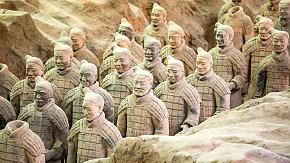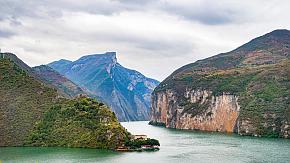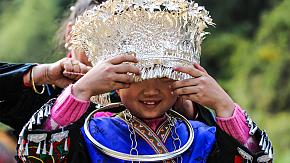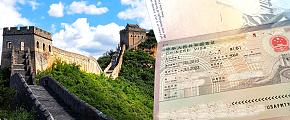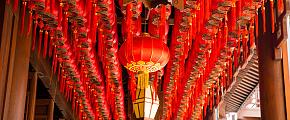5 Reasons to Visit Shandong, China
For many travelers to China, Shandong, a coastal province situated roughly halfway between Beijing and Shanghai, is easily missed. This is partly because it is a place that is less known to Western visitors. Yet being less popular doesn't mean that it is not a good place to travel to.
In fact, after a trip to Shandong, you will know that no river is more significant for the Chinese civilization than the Yellow River; no mountain more celebrated than Mount Tai; and no thinker more influential than Confucius. So here are the reasons why a trip to this fascinating land is worthwhile, from its friendly people, rich history and culture to fabulous food.
A Land of Welcoming People
People in Shandong have been known for their hospitality and friendliness since ancient times. This can be seen in a famous saying from the Analects of Confucius: "Isn't it delightful to have friends coming from afar?" So wherever you go across the province, you will definitely feel welcome.
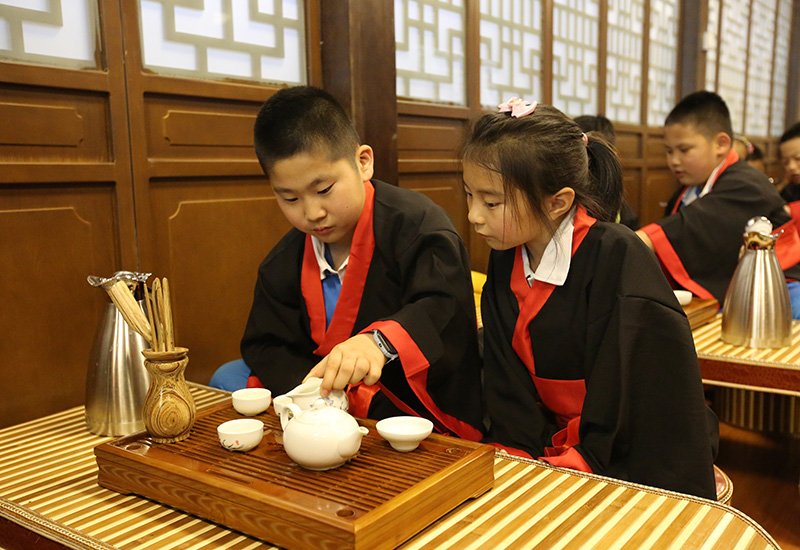 Kids Making and Serving Tea in Shandong
Kids Making and Serving Tea in Shandong
History and Culture
You won't be disappointed if you are a history buff or a culture enthusiast. Shandong is not only one of the birthplaces of the Chinese civilization, but also an important place for the development of Confucianism, Taoism and Chinese Buddhism. More recently, the province was greatly influenced by Germany in the early 20th century. So there are plenty of historical and cultural sites that will keep you busy for days in this ancient land.
To get an insight into the life and philosophy of Confucius (551BC - 479BC), you can explore a number of historic sites related to him in Qufu, where he was born and bred, including the Temple and Cemetery of Confucius and Kong Family Mansion, which have been protected by UNESCO since 1994.
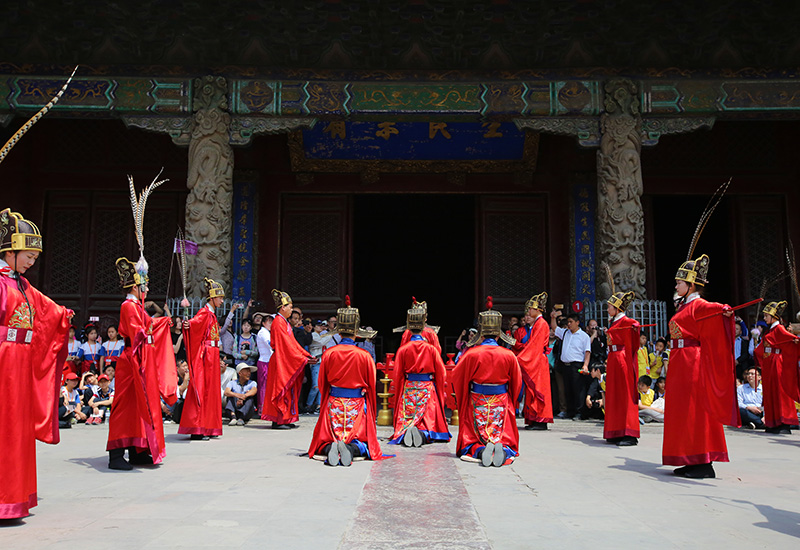 Traditional Sacrifice Ritual in Confucius Temple in Qufu
Traditional Sacrifice Ritual in Confucius Temple in Qufu
Spend a half day in Zhujiayu, a mountainside hamlet 80 kilometers east of Jinan, where you will marvel at well-preserved houses dating back to the Ming and Qing dynasties (1368 - 1911) and wander through the quaint, narrow streets. No wonder this charming town has served as an ideal setting for many Chinese movies and soap operas.
Take a day trip to Yangjiabu Village in the city of Weifang, and get a taste of the folk culture there. This 600-year-old village is known for its kites and woodblock New Year paintings. It boasts 200 different varieties of kites, including the world's longest kite (350 meters / 1,150 feet long).
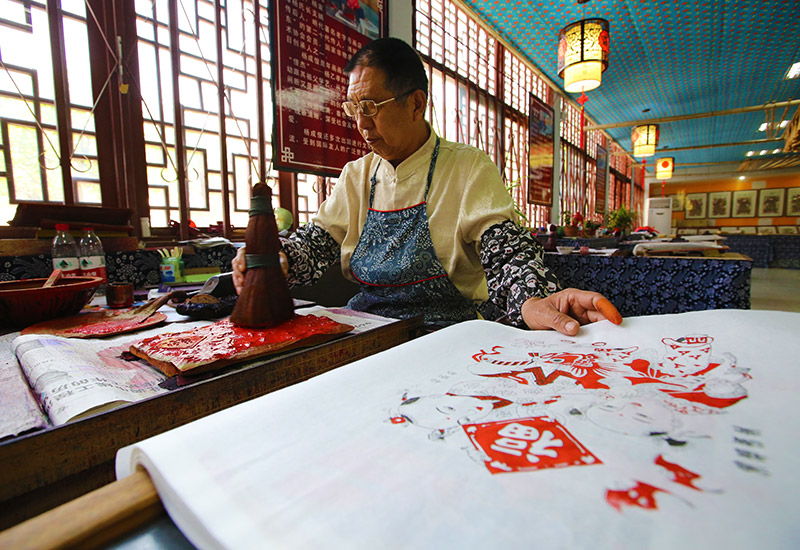 Painter making New Year painting in Yangjiabu, Shandong
Painter making New Year painting in Yangjiabu, Shandong
To feel the German influence on Shandong, visit the old town of Qingdao and you'll see broad stone roads, solid stone houses, and German-style churches. Of course, don't forget to visit the Qingdao Beer Museum and sample a glass of freshly brewed beer.
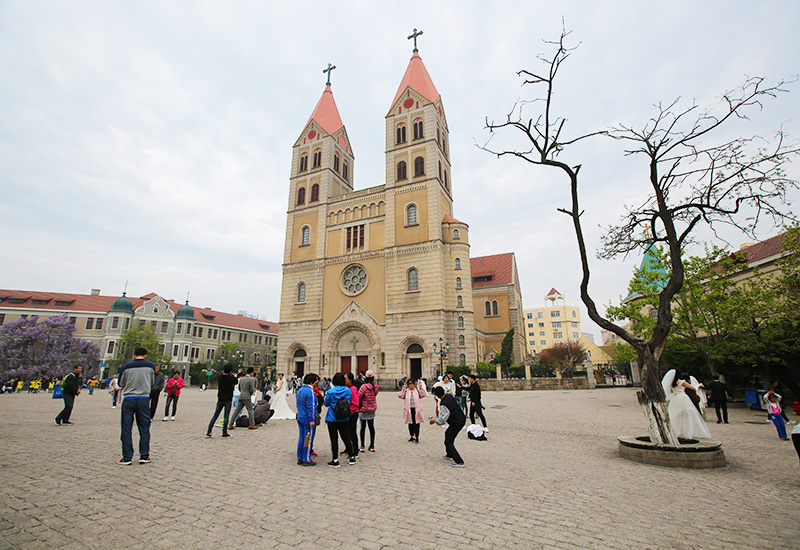 St Michael's Cathedral in Qingdao
St Michael's Cathedral in Qingdao
Immense Natural Beauty
As a coastal province in the northeast of China, Shandong is a land of captivating landscapes, with magnificent mountains, lovely lakes, springs, and beautiful beaches.
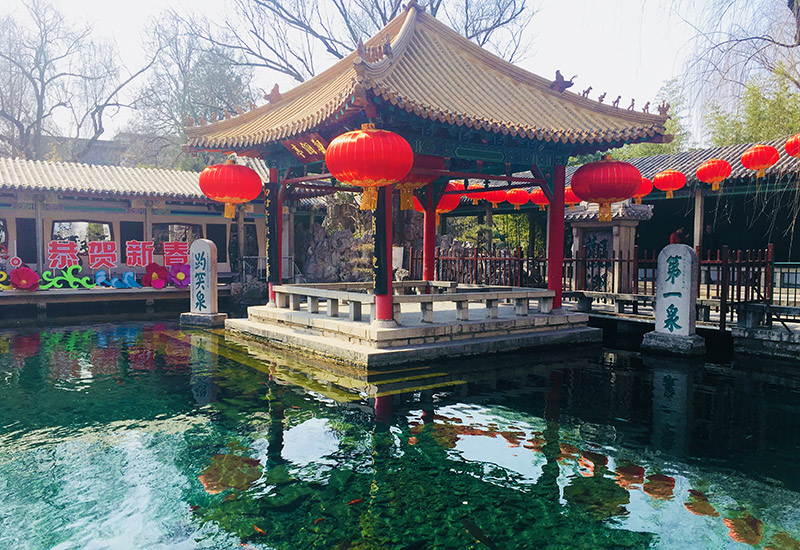 Baotu Spring in Jinan, Shandong
Baotu Spring in Jinan, Shandong
Climb Mount Tai, China's most sacred mountain, and enjoy the stunning sunset or sunrise. Visit some of the 72 hot springs in Jinan, the provincial capital of Shandong, where you may also discover the city's largest lake - Daming Lake, which is fed by the springs. Hike Mount Lao, China's highest coastal mountain, located in Qingdao, where you can soak up the mesmerizing views of the mountain and the sea, and delve into the Taoist temples. After all of these, you may visit some soft sandy beaches in Qingdao.
 Mount Lao on the Coast of Qingdao, Shandong
Mount Lao on the Coast of Qingdao, Shandong
These are the real draws of Shandong: you can climb the mountains, see the springs, lakes but also have the chance to hit the beach.
Colorful Festivals and Events
The Shandong Peninsula is home to a great many festivals and events which attract visitors from home and abroad. Below is a selection of different festivals or events that are held annually, catering to various interests. If you happen to visit Shandong during the relevant period, be sure to be part of it.
Weifang Kite Festival
Held every April in Weifang, which is nicknamed the Kite Capital of the World, the event embraces kite fliers from all over the world. You'll see kites of every style, color, size, and shape.
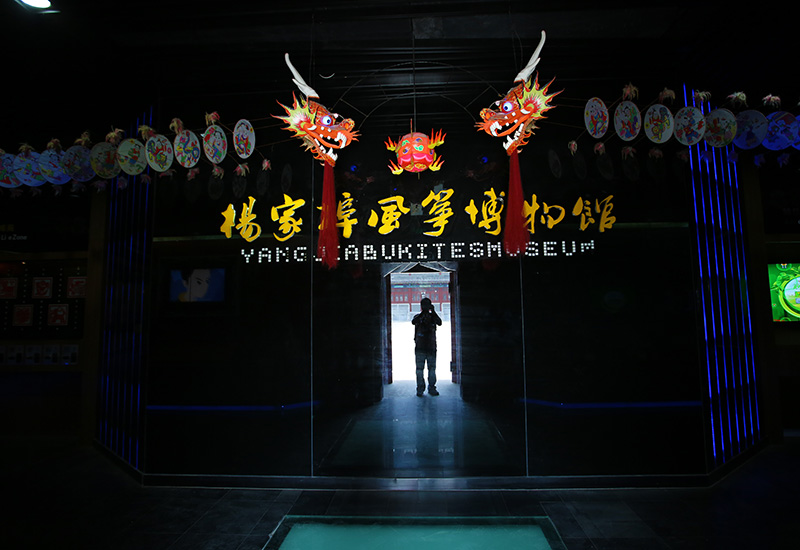 Kite Museum Yangjiabu, Weifang
Kite Museum Yangjiabu, Weifang
Qingdao International Beer Festival
Held in mid-August, the festival lasts two weeks and is the largest of its kind in Asia. The celebration takes place in multiple locations throughout Qingdao, but mainly in Qingdao International Beer City. The event features beer drinking contests, parade, and other recreational activities.
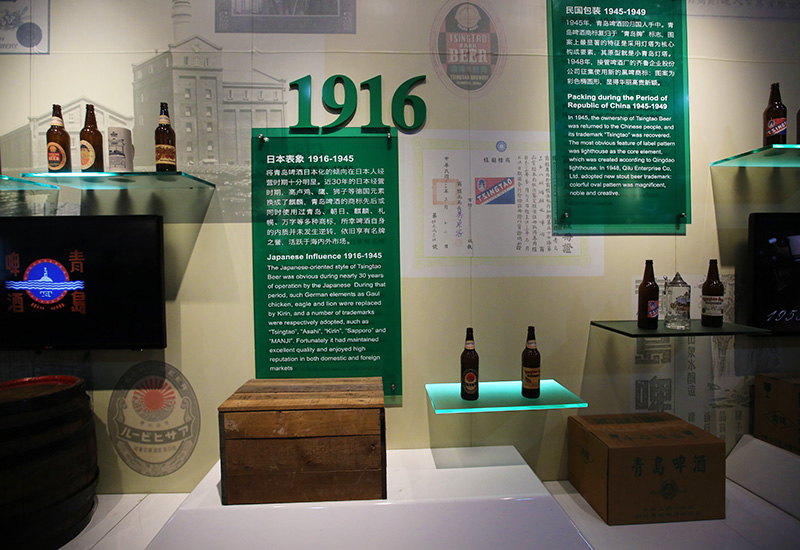 Qingdao Beer Museum in Shandong, China
Qingdao Beer Museum in Shandong, China
Qingdao International Sailing Week
The week-long event is held annually in the third week of August in Qingdao Olympic Sailing Center to promote sailing sports and culture.
International Mount Tai Climbing Festival
Held every September in Tai'an since 1987, the festival attracts mountaineers worldwide. Apart from mountaineering competitions for different age groups, there are also other events such as painting or calligraphy exhibitions, and folk performances.
International Confucius Cultural Festival
This is celebrated every September or October in Qufu, the hometown of Confucius, to commemorate this world-famous thinker and educator with traditional dance and music.
Fabulous Food
One of the greatest delights of visiting Shandong is that you get the chance to taste authentic local dishes unlike anywhere else in China.
Considered as one of the Four Great Traditions, Shandong cuisine is one of the most remarkable cuisines in China, having a great influence on most cuisines in northern China, such as those in Beijing and Tianjin. It uses a wide range of ingredients from vegetables (cabbage, mushrooms, onions, eggplant, tomatoes, etc.) to seafood (scallops, shrimp, clams, squid, sea cucumbers, etc.). Besides, it employs a variety of cooking techniques, including boiling, quick frying, roasting, and stewing, which is why its taste, texture, and color are so diverse and tempting.
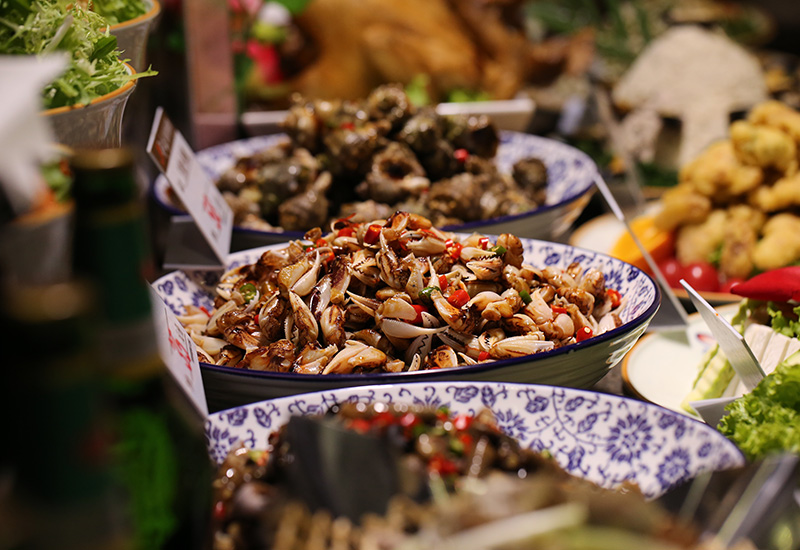 Qingdao Seafood
Qingdao Seafood
Some of the Most Famous Shandong Dishes
Sweet and Sour Carp: Perhaps the most famous Shandong dish, the carp is deep fried and cooked with sweet and sour sauce made by mixing vinegar, sugar, spring onions, rice wine, and soy sauce, making it crispy and flavorful.
Braised Sea Cucumber: It's fermented sea cucumber braised with green onions.
Dezhou Braised Chicken: A traditional dish from Dezhou city with a history of over 300 years, it was once served the royal family in the Qing Dynasty. The chicken is fleshy, tender, and savory.
Has this post sparked your wanderlust? Let us tailor-make a China trip for you that includes this new and exciting place.
Related Posts You May Like
What Our Clients Say
Explore the latest verified reviews of Odynovo's travel services on Tripadvisor, Google, Trustpilot, Product Review and more trusted platforms.

